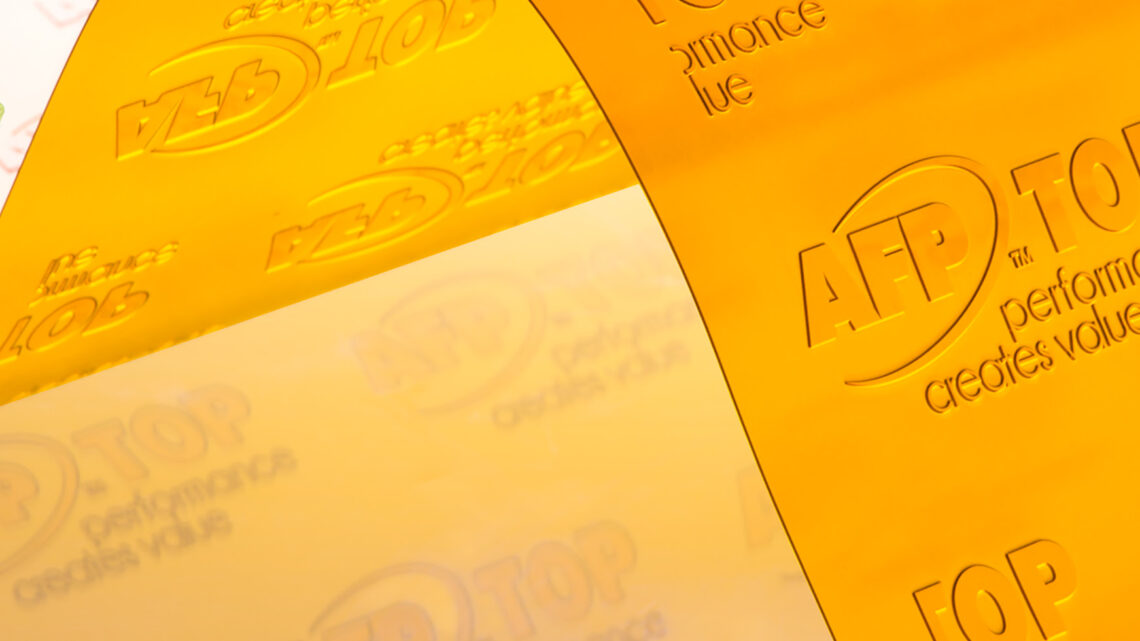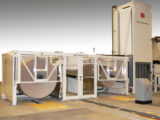
Improvement in Daily Environmental Footprint for Flexo Platemaking Available to Anyone
January 26, 2023“No Greenwashing” and “Environmental Sustainability” are the most echoed buzzwords reflecting brand owners’ key challenges in the packaging industry according to Gabriela Bertoni dos Santos, Henkel, 7th Packaging and Converting Innovation Forum, Munich, September 1st, 2022.
Over the last three to four years, the world’s environmental consciousness was raised by young activists marching on Fridays to draw attention to the need for reduction of greenhouse gases in all sectors of life. The task to improve, however, is not for one person or company alone, but for many to think within their areas of influence and expertise whether they can contribute positively towards this goal, and then take steps to do so.
Although flexographic plates only represent a tiny fraction of the overall package environmental footprint impact, it should nevertheless be the goal of everyone using these plates not to simply accept the current status quo, but to constantly strive to push boundaries higher and higher, leveraging philosophies such as KAIZEN, a Japanese strategy where employees at all levels of a company work together proactively to achieve regular, incremental improvements to the manufacturing process.
In flexo platemaking today, we find a variety of different platemaking technologies used in various markets. Some are less hazardous, such as Water-Wash or Thermal plate making, but the vast majority, representing approximately 70% of all flexographic operations, use hydrocarbon-based solvents to wash out their flexo plates. This not only requires a specialized production room environment, but it may also contribute to a hazardous ambient working environment in the platemaking room if not handled well.
Based on that data, we have looked at a large segment of solvent wash platemaking users in our industry to find ways to suggest how these operations can modify their platemaking process, helping them to take action to reduce their environmental footprint.
